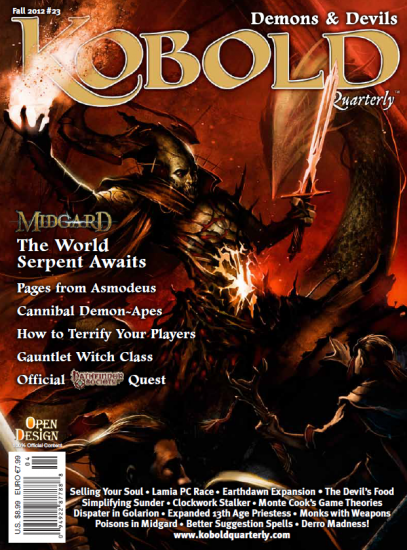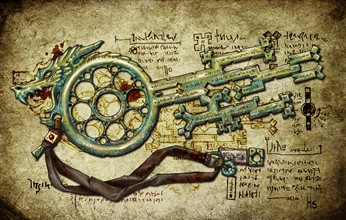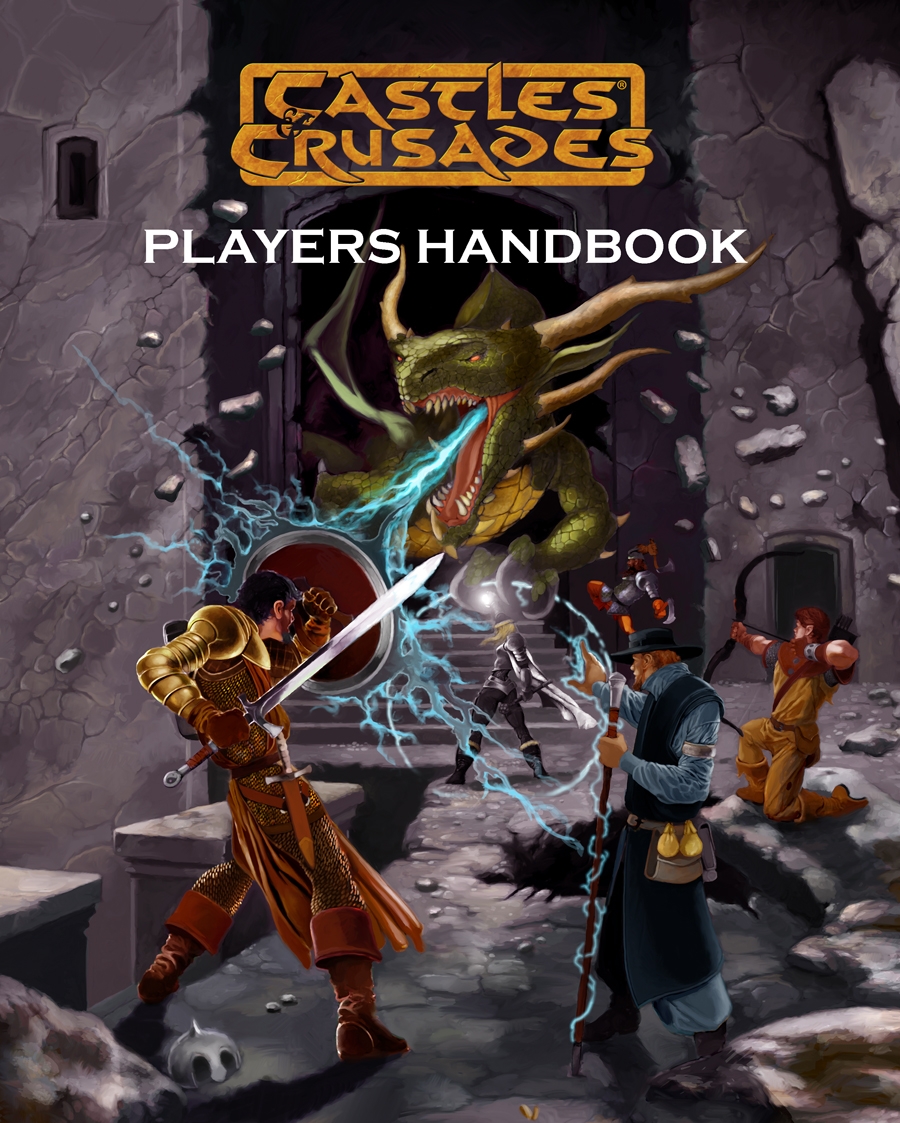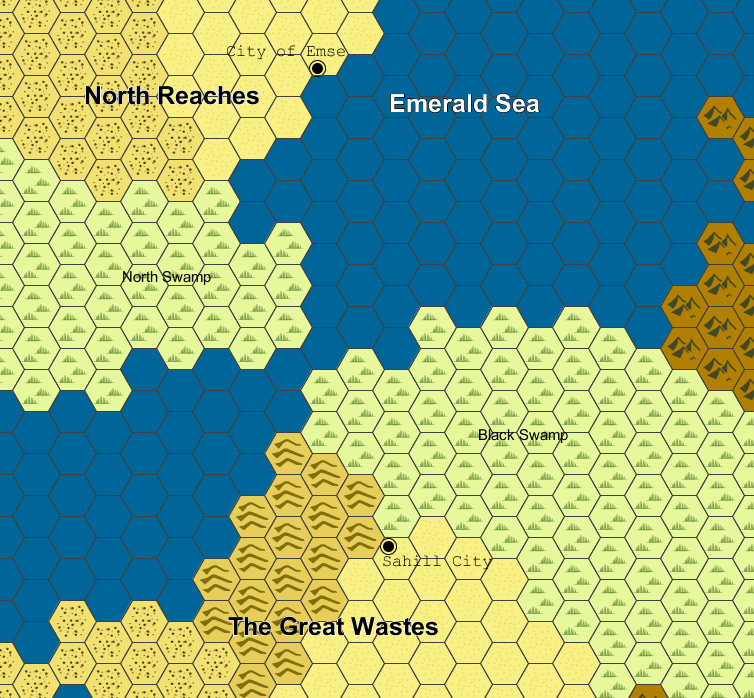The Iron Tavern is proud to support Aethercon as part of their Bell and Scroll. Below is the most recent update from this online convention.
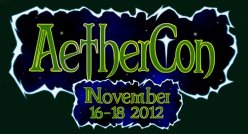 A lot has happened over the last two weeks:
A lot has happened over the last two weeks:
We heartily thank those who have contributed prize support. The prize bundles for each of the tournaments are currently valued at 265 dollars for first; 170 dollars for second; and 100 dollars for third. You can see the growing list of companies adding to our prize list by visiting ‘To The Victors’.
You can see the games in our lineup by checking the Game Glance page.
If you want to play in one just fill out our Player Registration Tool.
Everything you’ll need to register in the Events menu bar on our main site. So get your spot today!
The following games and GMs have recently been confirmed:
- Joseph Flanery – Shadowrun
- Marcus Flores – Monster of the Week
The following games have been added to our schedule:
- Dave Michael – Cyberpunk 2000 – Vanilla Extract – Saturday and Sunday
- Joseph Flanery – Shadowrun – Things that go Bump – Saturday and Sunday
- Dave Michael – Steampunk Crescendo – Fire in Cairo – Friday
- Anthony Preece – Savage Worlds Deadlands Reloaded – Red River Blues – Friday and Saturday
- Erik Evjen – Basic Fantasy RPG – The Battle of Mount Ravinfell – Friday and Saturday
- Stephen Smith – Castles and Crusades – A Scratching on the Glass – Saturday
- John Dorman – Dungeon Crawl Classics – Lake’s End Portal – Saturday
Here’s a quick view list of all the games we have in our schedule at this time:
| System | Total Sessions | Friday | Saturday | Sunday | Tourney | |
| All Flesh Must Be Eaten | 2 | X | X | |||
| A Thousand and One Nights | 1 | X | ||||
| Atomic Highway | 2 | X | X | |||
| Basic Fantasy Roleplaying Game | 2 | X | X | |||
| Burning Wheel | 2 | X | X | |||
| Call of Cthulhu | 13 | X | X | X | X | |
| Castles & Crusades | 2 | X | ||||
| Cyberpunk 2020 | 2 | X | X | |||
| Dark Heresy | 4 | X | X | |||
| Deluxe Revised RECON | 1 | X | ||||
| Dresden Files | 4 | X | X | X | ||
| Dungeon Crawl Classics | 2 | X | ||||
| Eclipse Phase | X | X | ||||
| Labyrinth Lord | 2 | X | ||||
| Legend of the Five Rings | 2 | X | X | |||
| Leverage | 2 | X | X | |||
| Macho Women with Guns | 2 | X | ||||
| Marvel Heroic Roleplaying | 3 | X | X | |||
| Mouse Guard | 2 | X | X | |||
| Mutants and Masterminds | 1 | X | ||||
| Paranoia | 2 | X | X | |||
| Pathfinder | 20 | X | X | X | X | |
| RIFTS | 2 | X | X | |||
| Savage Worlds | 19 | X | X | X | X | |
| Serenity | 4 | X | X | X | ||
| Shadowrun | 10 | X | X | X | X | |
| Star Frontiers | 2 | X | X | |||
| Star Wars (D6) | 2 | X | X | |||
| Steampunk Crescendo | 1 | X | ||||
| Time Lord | 2 | X | X |
Current games confirmed for AetherCon currently include:
- All Flesh Must Be Eaten
- A Thousand and One Nights
- Atomic Highway
- Burning Wheel
- Call of Cthulhu
- Castles & Crusades
- Dark Heresy
- Dragon Age
- Dresden Files
- Dungeon Crawl Classics
- Eclipse Phase
- Fantasy Craft
- Labyrinth Lord
- Legends of the Five Rings
- Leverage
- Marvel Heroic Roleplaying
- Macho Women with Guns
- Mouse Guard
- Mutants and Masterminds
- Palladium RIFTs
- Paranoia
- Pathfinder
- Pathfinder Society
- RIFTS
- Runequest 6th Ed
- Savage Worlds
- Shadowrun
- Star Wars (D6 WEG)
- Swords and Wizardry
- Time Lord
We are currently looking for GMs to help run the following tourneys:
- Pathfinder
- Savage Worlds
- Shadowrun
- Call of Cthuhlu
The Artist’s Enclave welcomes Jordy Lakiere, the hand behind Gartlegarn Coalcrusher, and Kai Ortmann, the hand behind Brindlebee Burrbonnet, our latest free downloadable wallpaper release. Eric Lofgren has been nabbed by Privateer Press for a project. Watch for his upcoming wallpaper, Kruultok Azgraatugaan.
You can find all of our wallpapers here.
Watch for Carver ‘Crash’ Doering by Jon Gibbons (U.K) (AEG, PEG), Keburil Kotsboddle by Stanley Morrison (USA) (AEG) and Eduourd ‘The Gallic Rooster’ Henrique by Cristian Montes (Chile) coming soon.
The Fest Hall welcomes Charles White of Fabled Environments and Robert W. Thomson of 4 Winds Fantasy Gaming.
The Vendor’s Hall welcomes Clockwork Gnome Publishing to booth #7. Polyhedron Games adds demos for their D6 based Keep It Simple System (KISS). Imperfekt Games adds demos for Invulnerable RPG and playtests for Broken Symmetry. Ophelia’s Shop of Roleplay Specialties adds a raft of Fiasco demos to the schedule all weekend long.
Check out the rest of our Vendor’s Hall here.
Silver Gryphon Games released Part 3 of Camp Wicakina: “Wanagi Mato Lives!” for Aether and Savage Worlds.
Skirmisher Publishing released Insults & Injuries: A Role-Playing Game Sourcebook for Medical Maladies
The following releases at Aethercon are confirmed:
Troll Lord Games confirms the release of The Giants Wrath.
X-Split for facilitating the live streaming of games.
We welcome Nerd Trek, Bring You’re A-Game, and The 23rd Stage to the Bell and Scroll.
Dorklands joins our Talking Drums initiative.
Top five cities in North America for unique visitors to our main site to date:
- Chicago, Illinois;
- New York, New York (tied);
- Portland, Oregon;
- San Francisco, California;
- Houston, Texas (tied)
Top five cities in Europe for unique visitors to our main site to date:
- London, UK;
- Hamburg, Germany;
- Nuremberg, Germany;
- Helsinki, Finland;
- Moscow, Russia.
Top five cities in points abroad for unique visitors to our main site to date:
- Wellington, New Zealand;
- Sydney, Australia,
- Toronto, Canada (tied);
- Melbourne, Australia;
- Vancouver, Canada




